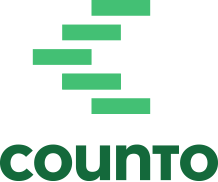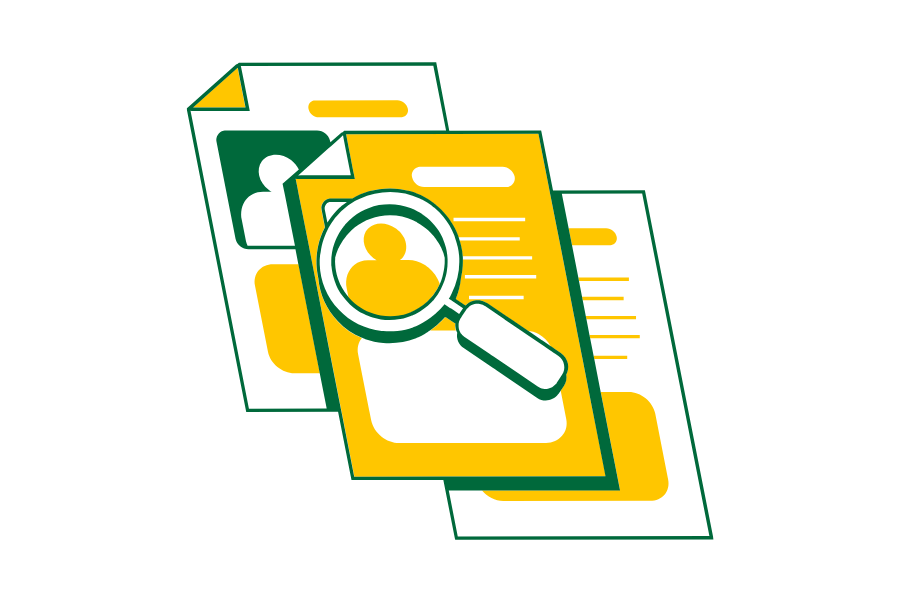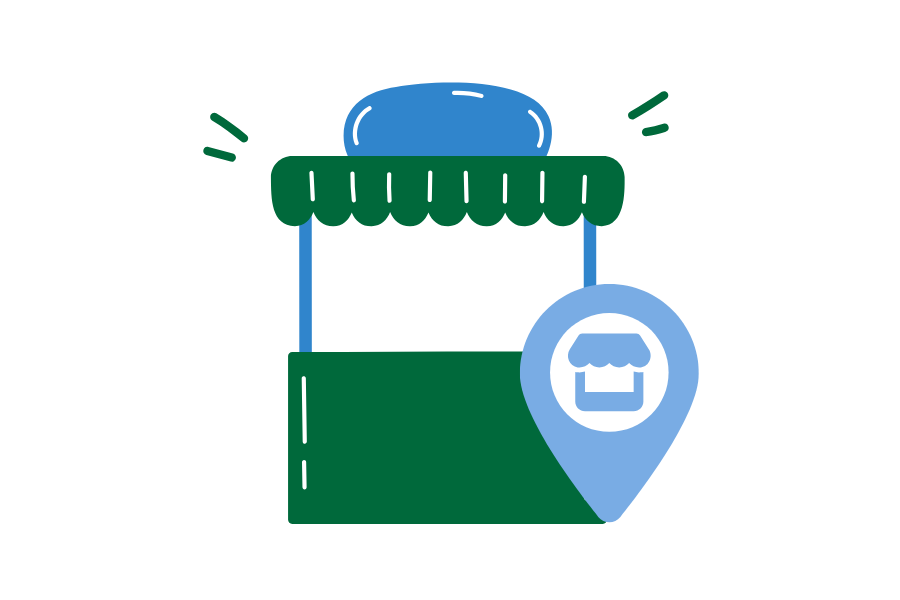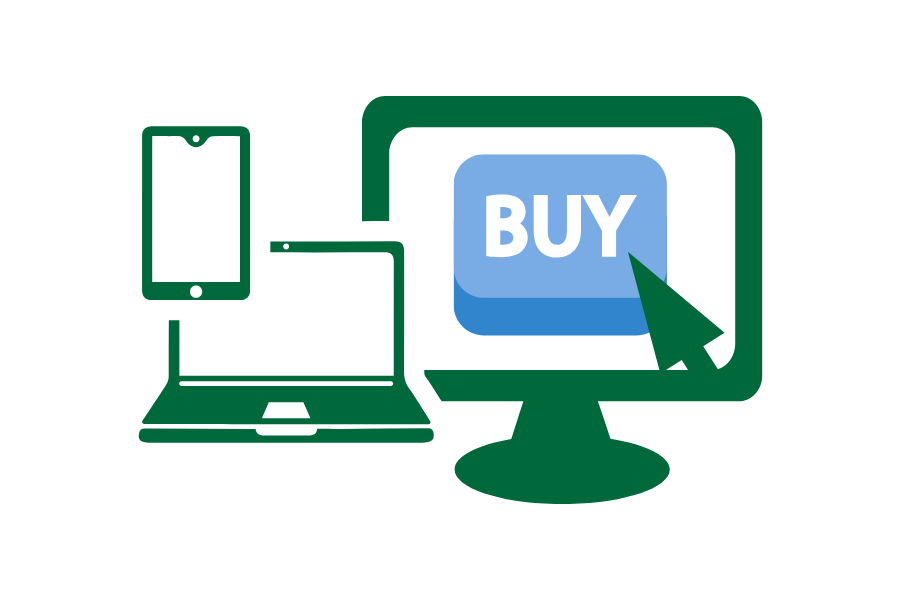Adapting Supply Chains to Geopolitical Shifts in Singapore
The past few years have been a wake-up call for small businesses that depend on smooth, affordable global supply chains. From the US–China trade war to pandemic-era port closures, and now ongoing inflation and shipping bottlenecks, geopolitical shifts have become operational risks — not just headlines.
For Singapore SMEs, especially those sourcing goods or selling across borders, the message is clear: supply chain resilience is a must-have, not a nice-to-have. The right accounting services can also play a critical role in navigating financial uncertainty and supporting strategic decision-making.
Here’s how to think strategically about global events in 2025 — and what you can do to build a more flexible, resilient supply chain.
Why Geopolitics Now Shapes Your Supply Chain
Global supply networks are no longer just shaped by costs and logistics — they’re shaped by politics, security, and national priorities.
Key developments affecting Singapore businesses in 2025:
- US–China tensions continue to influence tariffs, tech restrictions, and regulatory scrutiny.
- The RCEP (Regional Comprehensive Economic Partnership) reduces tariffs and simplifies trade across ASEAN, China, Japan, Korea, Australia, and New Zealand — but only for qualifying goods.
- The proposed Johor–Singapore Special Economic Zone (SEZ) could open up closer supply and logistics collaboration with Malaysia.
- Export controls, shipping congestion, and ESG regulations are increasing in frequency and complexity.
These shifts can affect product availability, lead times, landed costs, and even business continuity.
1. Diversify Your Supplier Base (Think “China + 1”)
Many SMEs in Singapore still rely heavily on Chinese suppliers for manufacturing or parts. But putting all your supply eggs in one basket is risky.
The “China + 1” strategy is gaining traction:
- Keep your key Chinese relationships, but add one or more alternate suppliers in countries like Vietnam, Indonesia, or India.
- This reduces your exposure to factory closures, port disruptions, or regulatory shifts affecting one country.
Start small: pilot a second-source supplier for just one product line or component and compare cost, quality, and delivery.
✅ Still doing accounting the old way? Your competitors aren’t. Counto’s AI handles the boring stuff while experienced accountants ensure everything’s perfect. See the future of accounting here.
2. Revisit Local and Regional Sourcing
Sometimes, the answer is closer than you think. With RCEP lowering trade barriers across ASEAN and the upcoming Johor–Singapore SEZ, now’s a smart time to review:
- Can some raw materials or components be sourced from Malaysia or Indonesia?
- Are there local SMEs you can partner with to reduce dependency on long-haul shipping?
- Can you shift just-in-time deliveries to nearby vendors to improve flexibility?
Reducing cross-border complexity — even in part — can reduce cost variability and increase agility.
3. Track Trade Agreements That Affect Your Industry
Agreements like RCEP offer real opportunities — but only if your goods qualify under the rules of origin and your documentation is tight.
What to watch:
- Which countries have already ratified agreements that benefit your products?
- Do your suppliers comply with required standards for preferential tariffs?
- Are your customs declarations and HS codes updated?
Staying informed isn’t about being an expert — it’s about knowing when a regulation or benefit actually impacts your bottom line.
4. Build in Buffers — Not Just Inventory
Buffering doesn’t always mean stockpiling. It can also mean:
- Holding contracts with backup freight providers
- Keeping multiple payment terms across vendors
- Pre-booking capacity with logistics partners during peak seasons
- Reviewing your working capital strategy with your accountant to support longer lead times
Planning for volatility reduces the chance of cash flow surprises or operational shutdowns.
5. Use Digital Tools to Gain Visibility
The more complex your supply chain, the more important real-time visibility becomes.
Consider tools that integrate:
- Inventory and order data with accounting
- E-commerce platforms (e.g. Shopify, Lazada) with backend logistics
- Shipment tracking with customer delivery timelines
This helps you identify disruptions early — and react faster.
Summary
Geopolitical shifts won’t stop. But SMEs that plan ahead — by diversifying suppliers, staying trade-aware, and digitising operations — will not only survive disruption but often come out ahead of slower-moving competitors.
Supply chain resilience is no longer just about logistics. It’s about business strategy. And in 2025, it’s one of the smartest investments a small business can make.
Your Next-Level Accounting Team: AI That Learns + Experts Who Care
Tired of Teaching Every New Accountant About Your Business? Traditional accounting services mean repeatedly explaining your business to new staff. Modern companies need systems that learn and remember—exactly what most accounting firms can’t deliver.
Counto’s intelligent accounting service adapts to your business. Our AI learns your specific patterns and transactions, then handles your daily bookkeeping automatically. Expert accountants review everything for accuracy, and your dedicated Customer Success Manager is always just a message or call away. No more repeated explanations, no more basic questions—just accounting that understands your business.
Join small businesses saving hours monthly on financial management with our outsourced accounting solution. Plus, with our AI handling the routine work, you’ll get better insights at a fraction of the cost of a full-time bookkeeper. Ready to upgrade your accounting? Chat with us now, email [email protected], or use our contact form.
Here are some articles you might find helpful:
How to Start a Private Limited Company in Singapore 2025







